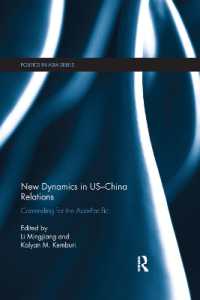- ホーム
- > 洋書
- > 英文書
- > Computer / General
Full Description
As this book shows, the international effort over a quarter-century to develop and understand microcomputer-based labs (MBL) has resulted in a rich array of innovative implementations and some convincing evidence for the value of computers for learning.








